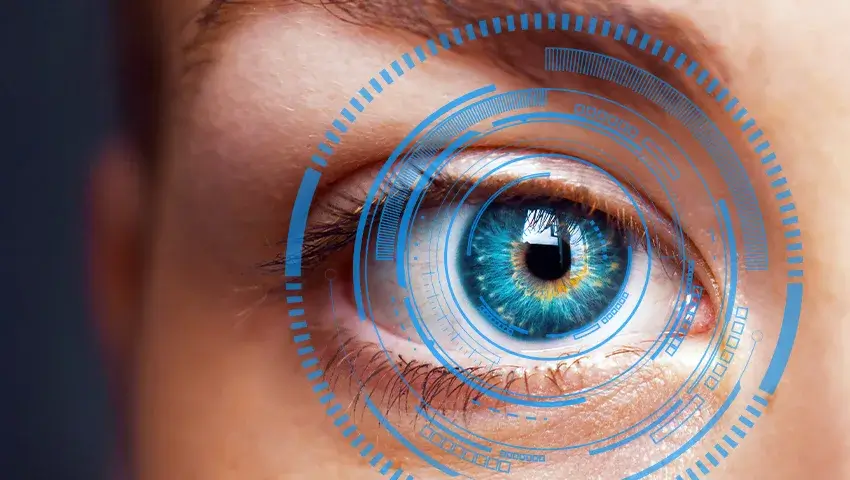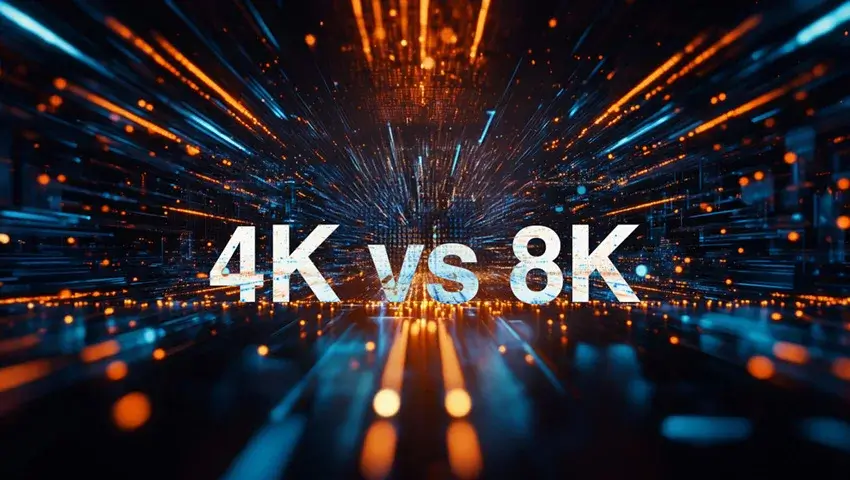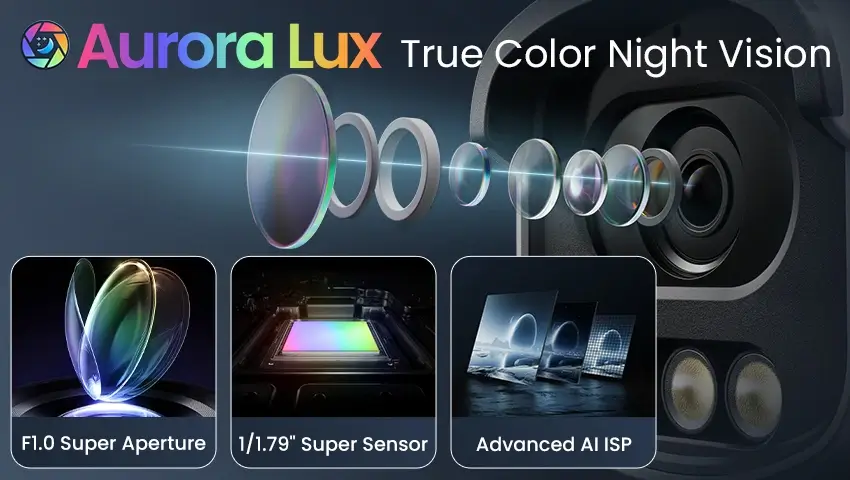Contents
How Sharp is Our Vision?
In the world of high-definition screens and advanced displays, the concept of resolution plays a crucial role in determining visual clarity. But how does this compare to the natural resolution of the human eye? Can we truly appreciate the difference between 4K and 8K displays, or have we reached the limits of what our eyes can perceive? This article will dive into the fascinating topic of human eye resolution and how it compares to modern technology.
What is Eye Resolution?
The term “resolution” in technology refers to the number of pixels displayed on a screen. The more pixels there are, the sharper and more detailed the image appears. But when it comes to human vision, resolution doesn’t work quite the same way. Instead of pixels, our eyes rely on photoreceptor cells in the retina to detect light and detail.
Understanding the resolution of the human eye is crucial, especially in today’s tech-driven world, where screens are rapidly advancing. This not only helps us understand the visual limits of the human eye but also allows consumers to make more informed decisions when choosing electronic devices.
How Human Eye Resolution Works?
Visual Acuity and Seeing Details
Visual acuity is the term used to describe the clarity or sharpness of vision. It’s often measured by the 20/20 standard, which indicates normal visual clarity. The retina, located at the back of the eye, contains photoreceptor cells called cones and rods. Cones detect color and sharp details, while rods are more sensitive to light and motion.
The fovea, a small region in the center of the retina, is densely packed with cones, allowing us to see with the highest clarity. Scientists estimate that the human eye could be equivalent to a 576-megapixel camera, though the way we process visual information is very different from how cameras capture images.
How Eye Resolution Compares to Screens?
1. Can We See the Difference Between 4K and 8K?
One common question is whether the human eye can discern the difference between 4K and 8K resolutions. For most people, the answer is no — at normal viewing distances, the difference is barely noticeable. 4K resolution already provides more detail than the average eye can fully appreciate, and 8K only becomes significant when viewed up close on a large screen.
2. Why Viewing Distance Matters
Viewing distance plays a critical role in how we perceive resolution. For example, on a smartphone or tablet, even Full HD (1080p) is sufficient because the screen is small and viewed up close. However, for larger devices like TVs, a higher resolution such as 4K becomes necessary to maintain sharpness at a normal viewing distance. If you’re too far from an 8K screen, the extra pixels won’t add much to your viewing experience.
Factors That Affect Eye Resolution
1. Age and Health Impacts on Vision
As we age, our vision naturally declines. Conditions such as presbyopia (difficulty focusing on nearby objects) and cataracts (clouding of the eye’s lens) can reduce our ability to see details. Even with high-resolution displays, people with age-related vision changes might not fully experience the benefits.
2. Environmental Factors: Lighting and Distance
The environment in which we view objects also impacts our ability to see details. Bright lighting helps our cones function better, allowing us to see more clearly. In low-light conditions, however, we rely more on rods, which don’t provide as much detail. Similarly, the closer we are to an object or screen, the sharper the image appears. At a distance, even high-resolution displays can look less sharp.
FAQs
1. What is the Maximum Resolution of the Human Eye?
The human eye is estimated to have a resolution of about 576 megapixels. However, comparing the eye to a camera is tricky because our eyes don’t capture still images like a camera does. Instead, they are constantly moving and gathering information in real-time, which the brain processes into a complete picture.
2. Can the Human Eye Distinguish Between 4K and 8K?
At typical viewing distances, most people cannot distinguish between 4K and 8K resolution, especially on smaller screens. The extra pixels in 8K only make a noticeable difference when viewed from a very close distance or on extremely large displays.
3. How Does Eye Resolution Compare to Modern Digital Cameras?
Although the human eye is often compared to a high-megapixel camera, the way our eyes and brain process visual information is far more complex. While a camera captures static images at a fixed resolution, the eye constantly adjusts to focus on different areas, providing a dynamic and detailed visual experience.
4. How Can I Maintain Sharp Vision as I Age?
Maintaining sharp vision involves regular eye check-ups, a healthy diet, and protecting your eyes from strain. Reducing screen time, taking breaks during prolonged computer use, and wearing sunglasses to block UV rays can help preserve your vision.
Conclusion
The resolution of the human eye is a marvel of biology, but it does have limits. For most people, 4K resolution is the peak of what we can appreciate, with 8K being overkill unless viewed on a very large screen from up close. Understanding these limits helps consumers make informed choices about the technology they invest in, ensuring that the benefits of high-resolution screens are fully realized.
In the end, while screen technology continues to evolve, it’s important to recognize that our eyes also have their own impressive — yet finite — abilities.


